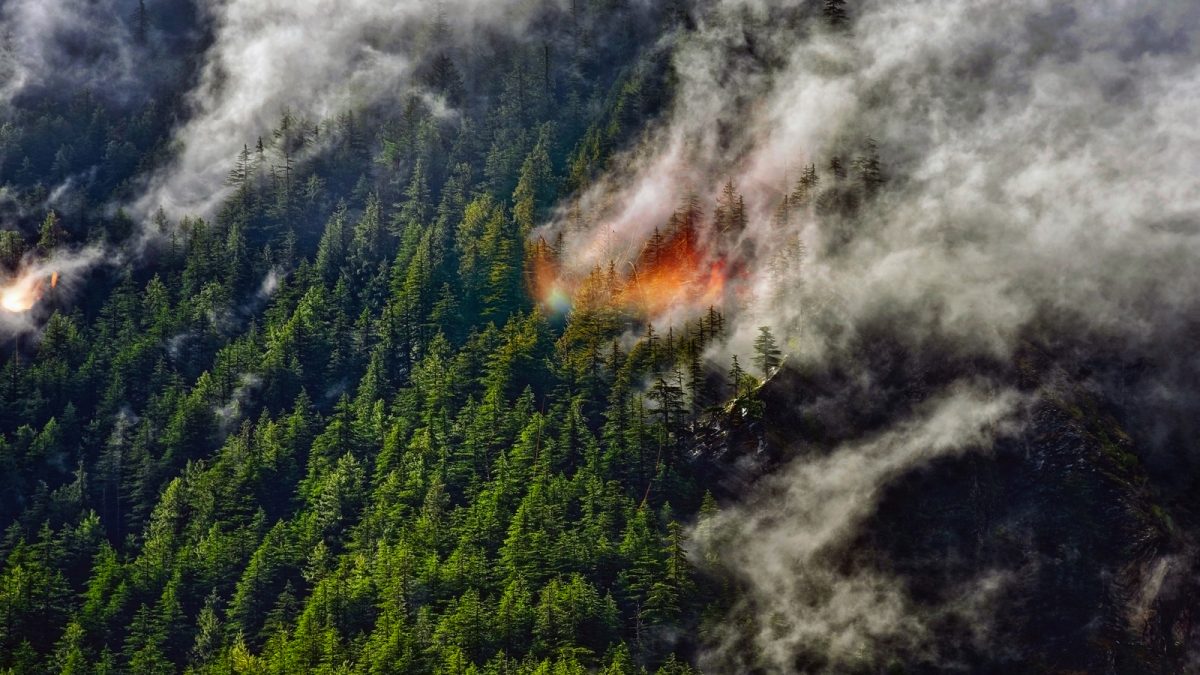Rain Helps Contain Wildfire in New Zealand’s Tongariro National Park

IN NEWS:
Rain Helps Contain Wildfire in New Zealand’s Tongariro National Park
- Incident Overview:
- A large wildfire broke out on Saturday in Tongariro National Park, located in New Zealand’s central North Island.
- The blaze spread across approximately 2,500 hectares (10 square miles) of alpine bush before steady rainfall helped suppress the flames.
- Current Situation:
- Fire and Emergency New Zealand (FENZ) confirmed that an observation flight detected no visible signs of fire as of late Monday.
- Authorities stated that rainfall had a “significant impact” in extinguishing the fire, complemented by ground crew operations along the fire’s flanks.
- Officials remain cautious, planning for contingencies in case of weather changes that could reignite the blaze.
- Response and Containment Efforts:
- Foggy conditions earlier in the day had hindered firefighting, grounding helicopters and aircraft.
- Evacuations were carried out for some residents and hikers as a precautionary measure.
- District Commander Nigel Dravitzki praised the coordinated response between rainfall and firefighting teams.
- Investigation:
- Civil Defence Minister Mark Mitchell informed that the cause of the fire is still unknown.
- The area is being treated as a crime scene, suggesting possible human involvement in the ignition.
STATIC PART (FOR UPSC REVISION)
- Tongariro National Park:
- Established: 1887 — New Zealand’s oldest national park and among the earliest in the world.
- UNESCO Status: Dual World Heritage Site (Natural & Cultural) — recognised for its volcanic landscapes and Māori cultural significance.
- Location: Central North Island, New Zealand.
- Key Peaks: Mount Tongariro, Mount Ngauruhoe, Mount Ruapehu (active volcanoes).
- Ecosystem: Alpine bush, volcanic terrain, endemic flora and fauna.
- Wildfires in New Zealand:
- Common during dry summer months, often intensified by strong winds and human activity.
- Climate change has increased the frequency and intensity of such fires across the Australasian region.
- Environmental Significance:
- Fires in alpine or volcanic ecosystems threaten native vegetation and biodiversity.
- They also pose risks to tourism, as national parks like Tongariro attract thousands of hikers and trekkers annually.
Updated – 10 Nov 2025 ; 3:13 PM | News Source: DD News